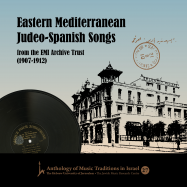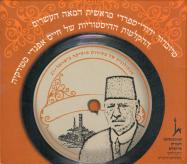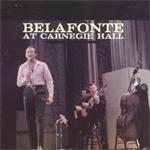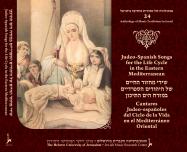(732 results found)
Simha Arom
… polyphonies of the Aka Pygmies. He did field work every year from 1971 to 1991, accompanied by ethnolinguists and … of Paris before becoming an ethnomusicologist. Further research interests: Ethnomusicological methodology, the …
7. Una cierta hija (Jacob Algava)
A love song unique to the tradition of Salonica preserved in very fragmentary versions.…

Comparative stylistic analysis of Bloch’s "Jewish" and "non-Jewish" works
… … Art … Style … Twentieth (20th) Century … Comparative research … Comparison … Modern Era … Bloch, Ernest (1880-1959) …

Fritz Rikko
… and founded the Collegium Musicum of New York in 1951. The early music ensemble played many engagements and made … and instrumentalist who was active in Mantua in the early seventeenth century, serving under the patronage of … … Musicologist & Conductor … Conductor … Musicologist … Researcher … Baroque … Salamone Rossi … Fritz Rikko …

Nuba of Gold and Light - Nuba d'or et de la lumiere
… life, history, and culture of her birthplace Morocco for nearly four decades, has been a JFF regular since our first edition. This year, she offers us a historical musical journey that touches …
Hablo con coraje + El ardoroso amor (Avlo con coradje, Avlo con coragio)
… Love song in a clearly Western style and in 6/8. It consists of quatrains of … llores, quirida, mira de gozar, echaremos ancias y nunca pelear. Ven con mí, quirida, para repusar, que anoche [vine] … [...] aqui hermanos, non hay que[..], [...] nunca pelear. [...] aquí señor, Mos [...] años sin que pelear. … An …
Hava Nagila
… Evening with Harry Belafonte’ in 1957. Approximately two years later on April 19, 1959, Belafonte performed Hava … and subsequently released on record in October of the same year. Belafonte’s Hava Nageela was included in the album ‘Belafonte at Carnegie Hall,’ and appears as track number eleven: 1. Introduction/Darlin' Cora 2. …
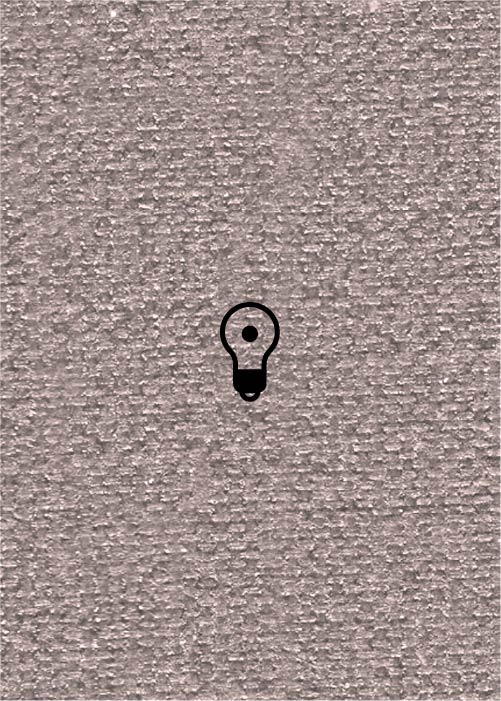
Bazingen di kale (LKT)
This entry is part of the Lexicon of Klezmer Terminology (LKT). The LKT…
Lavaba la blanca niña (La vuelta del marido)
… the wool was washed. It depicts a scene of an encounter near a water stream (in ballads, water is a common symbol for … absence. The choice of this romance for this occasion is clear for two reasons: the situation of washing depicted in it …




